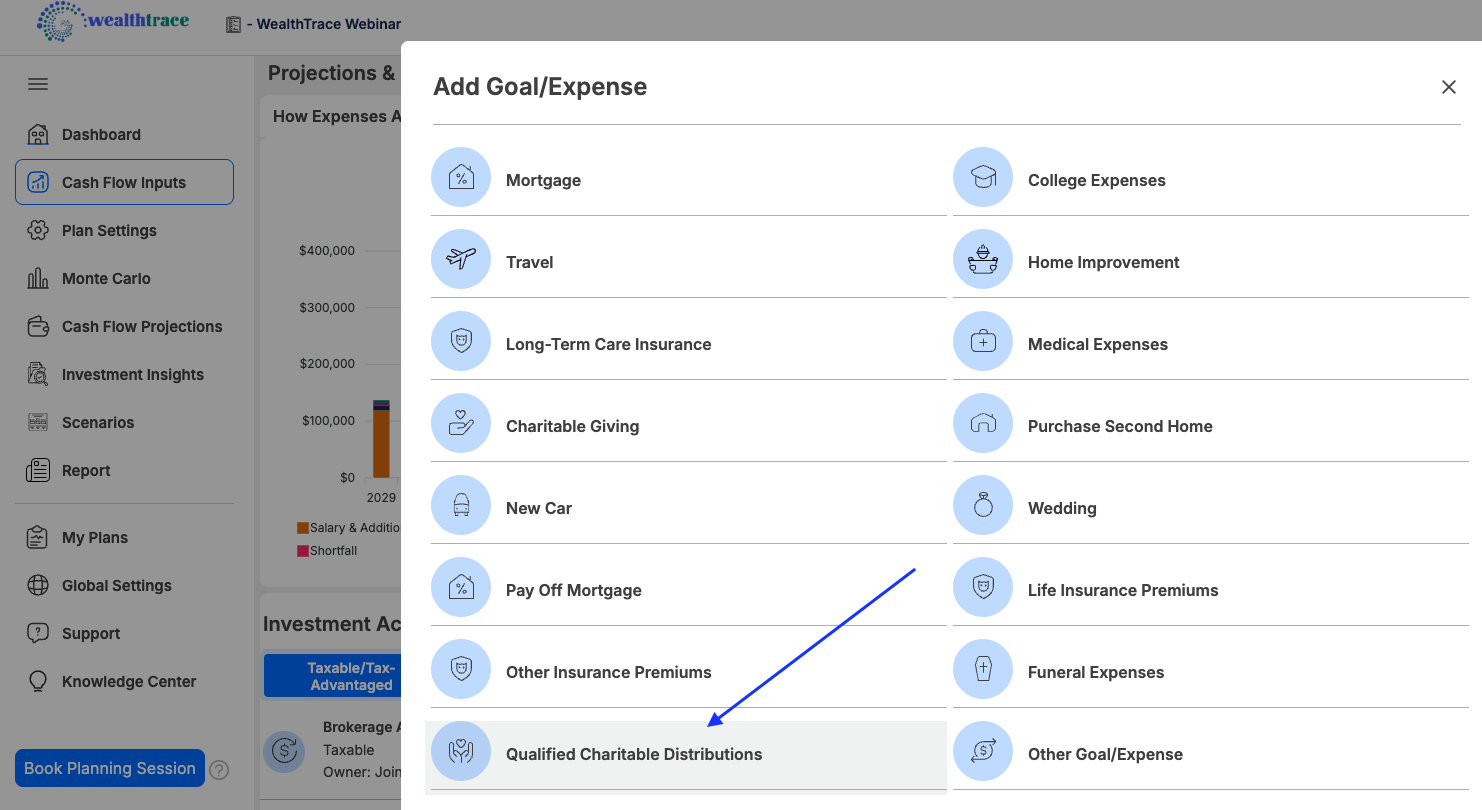Key Points
- Non-itemizers will soon be able to deduct up to $1,000 ($2,000 for couples) in cash donations.
- Itemizers will face a new rule requiring donations to exceed 0.5% of AGI to qualify for deductions.
- High-income earners will see the value of their deductions capped at the 35% tax rate.

If charitable giving is part of your financial plan, upcoming changes to federal tax rules could affect how much of your generosity is deductible.
Beginning in 2026, both standard deduction filers and those who itemize will see new limitations and benefits related to charitable contributions. These changes are part of a broader tax and spending reform package and will introduce new thresholds that may require adjustments to your giving strategy.
Charitable Giving Tax Rules: Current vs. Starting in 2026
| Category | Before 2026 (Current Rules) | Starting 2026 |
| Non-itemizers (Standard Deduction Filers) | No deduction for charitable giving (except for 2020–2021 temporary $300/$600 above-the-line deduction). | Can deduct up to $1,000 (single) or $2,000 (married filing jointly) in cash donations to qualifying charities. |
| Itemizers – Cash Donations | Fully deductible up to 60% of AGI (to public charities). | Must exceed 0.5% of AGI before any deduction allowed; still subject to 60% AGI cap. |
| Itemizers – Non-Cash Donations | Deductible (subject to limits and documentation rules). | Same 0.5% AGI floor applies; non-cash donations not deductible for standard filers. |
| High-Income Taxpayers | Deduction value based on full marginal tax rate (up to 37%). | Deduction value capped at 35% tax rate, even if in higher bracket. |
| Qualified Charitable Distributions (QCDs) | Up to $100,000/year per taxpayer from traditional IRA excluded from AGI; counts toward RMDs. | Same rules; unaffected by 2026 changes, still excluded from AGI and limits. |
| Carryforward of Excess Deductions | Up to 5 years. | Same—up to 5 years. |
Higher Tax Deduction for Standard Filers
Currently, if you take the standard deduction, charitable contributions generally aren’t deductible. However, back in 2020 and 2021, a temporary provision allowed for an additional deduction of $300 ($600 for couples) for cash donations to qualifying charities.
Starting in 2026, a new and expanded version of that rule will take effect. Taxpayers who do not itemize will be able to deduct up to $1,000 in cash donations, or $2,000 for married couples filing jointly. This provides a clear incentive for non-itemizers to continue giving while still receiving some tax benefit.
It’s important to note that this deduction only applies to direct cash gifts to qualified 501(c)(3) organizations. Donations to donor-advised funds or private foundations won’t count toward the limit. And if you decide to itemize your deductions instead, you won’t be eligible for this above-the-line deduction. The IRS won’t allow you to claim both.
Qualified Charitable Distributions (QCDs)
If you’re age 70½ or older and have a traditional IRA, you can donate up to $100,000 per year directly to qualified charities without it counting toward your adjusted gross income (AGI). Because these distributions are excluded from AGI, they avoid the limitations tied to itemized deductions and other income-based thresholds. This makes QCDs a highly effective strategy for tax-efficient giving, especially looking ahead to 2026 and beyond.

In WealthTrace, you can easily add Qualified Charitable Distributions (QCDs) to your retirement accounts to see how they impact your taxes and overall financial plan.
New Floor on Itemized Charitable Deductions
A more significant change will affect those who itemize. Beginning in 2026, itemizers will only be allowed to deduct charitable cash contributions that exceed 0.5% of their adjusted gross income (AGI). This is a brand-new threshold that introduces a floor, limiting how much of your giving counts toward deductions.
For example, if your AGI is $100,000 and you donate $2,000 in cash, the first $500 (0.5% of AGI) won’t be deductible. Only the remaining $1,500 would be eligible.
This new rule comes in addition to the existing AGI-based cap, which limits how much you can deduct for charitable giving in any one year. Currently, cash donations to public charities are deductible up to 60% of your AGI, while gifts to donor-advised funds and private foundations are capped at 30%.
If your contributions exceed these limits, don’t worry, you may still benefit from them over time. A long-standing rule allows for excess charitable contributions to be carried forward for up to five years, giving you the opportunity to use those deductions in future tax years as long as they still fall within the applicable AGI limits.
Deduction Value Reduced for Top Earners
Another change affects those in the highest income tax bracket, currently 37%. Starting in 2026, charitable deductions for taxpayers in this bracket will be capped at the 35% tax rate. This means that, even if you’re eligible to deduct $10,000 in charitable donations, your tax benefit would be limited to $3,500 instead of $3,700.
While this may seem like a modest difference, for those who make large contributions, the change could add up over time. It’s another reason why high earners may want to reevaluate their giving strategies before the new rules take effect.
Non-Cash Gifts Face Similar Restrictions
Donations of household goods, food, clothing, and other non-cash items will also be affected. If you itemize your deductions, these gifts will be subject to the same 0.5%-of-AGI threshold as cash donations. And if you take the standard deduction, non-cash gifts will not be deductible at all under the new rules.
This may change how you think about donating non-cash items, especially if you’ve previously relied on those contributions as part of your tax planning.
The Bottom Line
Starting in 2026, charitable giving will look different from a tax perspective. Standard deduction filers will gain a new opportunity to deduct up to $1,000 or $2,000 in cash donations, while itemizers will face a new minimum giving threshold of 0.5% of AGI. High earners will see reduced tax benefits, and non-cash gifts will be more limited in their deductibility.
These changes highlight the importance of proactive financial planning. By understanding the rules in advance and adjusting your strategy, you can continue to give meaningfully while staying tax efficient. WealthTrace makes it easy to see the big picture and fine-tune your plan accordingly.
Do you know how charitable giving can impact your taxes and retirement situation? If you aren’t sure, sign up for a free trial of WealthTrace to build your financial and retirement plan today.